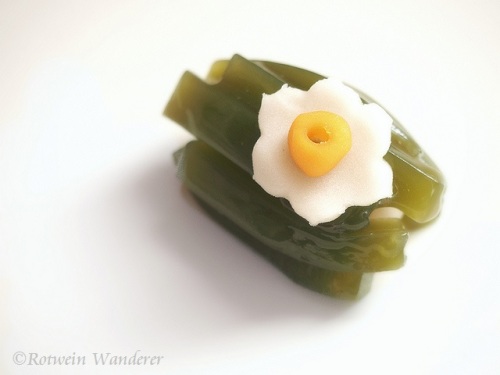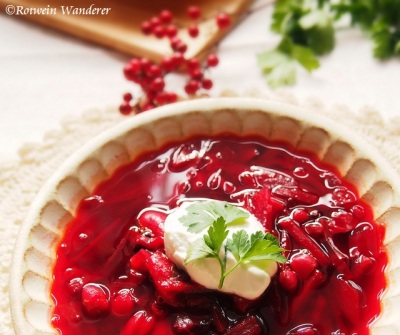This year up until December, on my blog, I am going to introduce Wagashi, traditional Japanese confections, which represents each month.
Japanese people have appreciated and loved the nature, the seasons and even the seasonal changes, and this makes peculiar to their culture. People fully enjoy them in their daily lives: Sometimes the beauty itself and sometimes imaginary worlds come up through five-sense perception, which have formed a large part of Japanese Arts. Haiku poems and Washoku, traditional Japanese cuisine and now on the list of the World’s Intangible Cultural Heritage, are the most outstanding.
Wagashi, is not an exception. Quite often, the season of the year or the nature is expressed in its appearance, and some Wagashi have special meanings and are eaten wishing good luck, good health and so on at a certain time of period.

I chose Hanabira Mochi for January, or rather for the New Year.
Hanabira Mochi is usually eaten at the beginning of the year and served at Hatsugama, the first tea ceremony of the new year. That is the reason why you cannot find it anywhere except certain times of the year – until 7th, during Matsunouchi, the first 7 days from New Year’s, or 15th of January, i.e. Koshogatsu (‘little new year’), New Year’s in the old lunar calendar; however, there are some which sell the confection through the month.
(from Wikipedia)
The name hanabira literally means ‘flower petal’ and mochi, rice cake. The original form of Hanabira Mochi is Hishihanabira, a dessert that was eaten by the Imperial family at special events coinciding with the beginning of the year. Hanabira Mochi was first made in the Meiji Era (8 September 1868 – 30 July 1912), but it is now a familiar New Year Wagashi.
The exact shape of Hanabira Mochi is strictly defined by tradition. The white mochi covering is flat and round, folded over to form a semicircular shape, and must have a pink colour showing through in the centre of the confection, fading to a white at the edge. The mochi must not completely seal the insides.
In the center of a Hanabira Mochi is a layer of anko, sweet bean paste, commonly the white kind made from sweetened mung beans (flavoured with white miso). In the very centre is a thin strip of sweetly flavoured gobo, burdock root, which protrudes from the mochi on both sides.
Each element of the Hanabira Mochi is significant: The red colour showing through the white mochi is not only appropriate to the celebration of the new year, but also evokes the Japanese apricot/plum (ume) blossom, which in turn represents the purity, perseverance, and renewal associated with the New Year. The gobo represents pressed ayu, a sweet fish exclusive to East Asia, and a prayer for a long life.
I’ve just found a pretty Wagashi for the new year, so let me introduce one more – suisen-shaped wagashi.
Suisen, or narcissus represents the new year since it blooms right around New Year’s Day. Suisen is considered auspicious for the coming year. The flower which lies beneath frozen snow symbolises purity, fertility and life.







